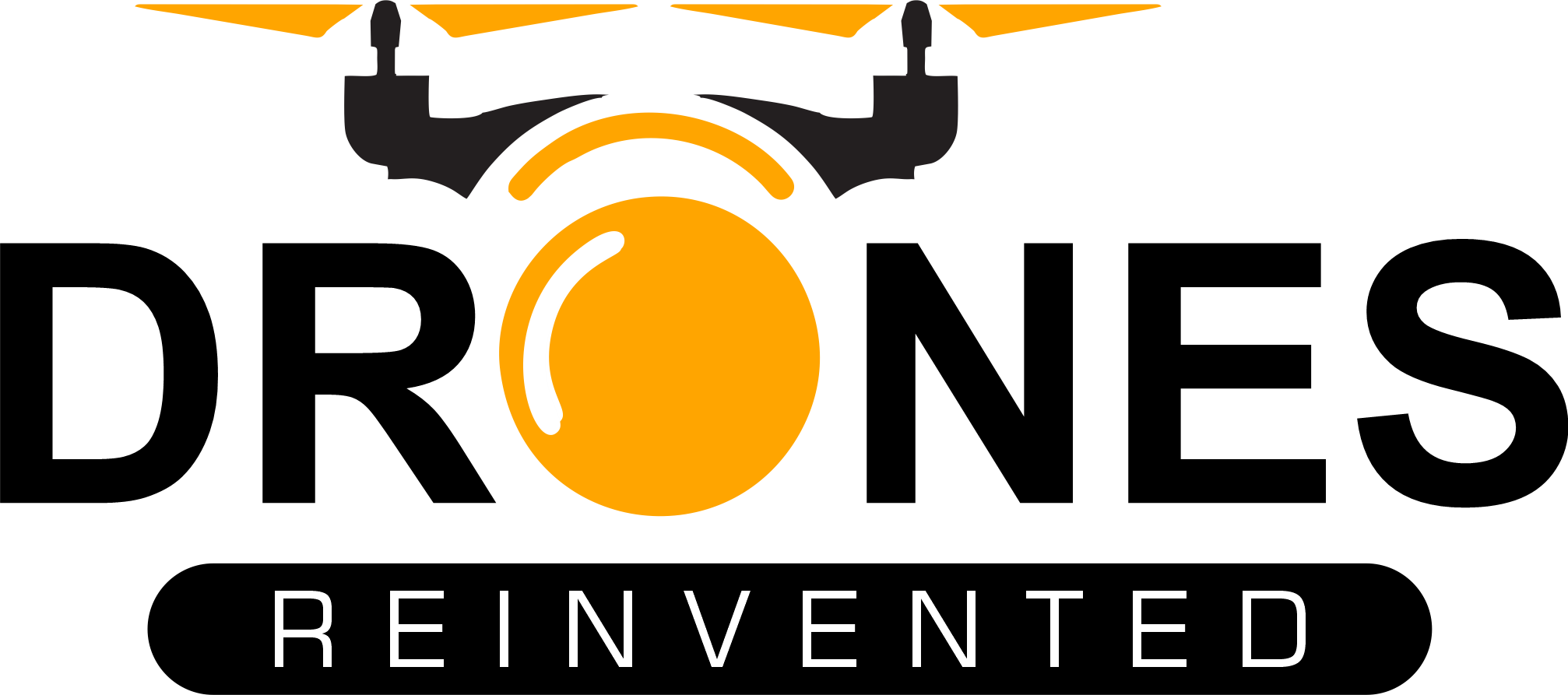New tool promises faster, more accurate 3D models with shorter flight times
SPH Engineering has introduced Circlegrammetry, a new photogrammetry tool that could change how drone operators capture data for 3D modeling and mapping. Designed in response to challenges faced by drone pilots, Circlegrammetry aims to improve the accuracy, speed, and efficiency of aerial mapping projects.
A New Flight Pattern
Traditional drone photogrammetry often relies on grid or double-grid flight patterns. These methods can be time-consuming and may struggle to capture every necessary angle, leading to less-detailed 3D models. Circlegrammetry takes a different approach by introducing circular flight paths with camera angles set between 45 and 70 degrees toward the center of each circle. This innovative method allows for more angles to be captured in fewer flights.
“Circlegrammetry solves this by introducing an innovative algorithm that transforms the way drones capture imagery,” SPH Engineering explains.
By flying in circular patterns rather than grids, drones can capture data from more angles, ensuring higher accuracy in 3D modeling. This technique is especially effective for mapping complex geometries and vertical structures.
Efficiency Gains
One of the key benefits of Circlegrammetry is the reduction in flight times. Drones following the circular patterns can gather data more quickly than traditional grid-based missions. The overlapping orbits reduce the need for multiple flights, which means pilots can complete their tasks faster without sacrificing data quality.
“Circlegrammetry reduces the need for multiple grid-based missions, enabling faster flights while maintaining high-quality data,” according to SPH Engineering.
Results from a standard oblique area scan (double-grid) planned in DJI Pilot 2. Altitude: 37 meters, processed in Metashape.
Results from a Circlegrammetry mission planned in UgCS software. Altitude: 37 meters, processed in Metashape using identical settings.
In addition to shorter flight times, Circlegrammetry also cuts down on the amount of redundant data collected, minimizing the processing load required after the flight. Fewer overlapping images lead to faster processing times, speeding up the entire workflow from data capture to final model creation.
Adapting to Low Altitudes
Another challenge that traditional methods face is flying at low altitudes, especially in areas with obstacles like trees or buildings. Circlegrammetry allows drones to operate safely at lower altitudes while still capturing high-quality data. SPH Engineering notes that double-grid oblique missions often force drones to fly outside the target area to avoid obstacles, which isn’t always feasible. Circlegrammetry, however, allows for detailed data collection at altitudes as low as 20 meters, without the risk of collision.
A Valuable Tool for Multiple Industries
Circlegrammetry is expected to be particularly useful in industries like construction, environmental monitoring, and asset inspection, where capturing fine details is critical. Whether it’s monitoring a construction site or mapping a dense forest, this tool offers significant advantages over traditional methods.
The tool is included in the latest UgCS 5.5 software release, and SPH Engineering is encouraging drone operators to take advantage of a free trial to experience the benefits of Circlegrammetry firsthand.
“Experience the power of this revolutionary tool today with a free trial and see firsthand how it transforms drone photogrammetry, delivering faster, more accurate results,” invites SPH Engineering.
For more information, visit SPH Engineering’s website to explore the features of Circlegrammetry and download the latest version of UgCS.
Read more:
Miriam McNabb is the Editor-in-Chief of DRONELIFE and CEO of JobForDrones, a professional drone services marketplace, and a fascinated observer of the emerging drone industry and the regulatory environment for drones. Miriam has penned over 3,000 articles focused on the commercial drone space and is an international speaker and recognized figure in the industry. Miriam has a degree from the University of Chicago and over 20 years of experience in high tech sales and marketing for new technologies.For drone industry consulting or writing, Email Miriam.
TWITTER:@spaldingbarker
Subscribe to DroneLife here.

0 Comments